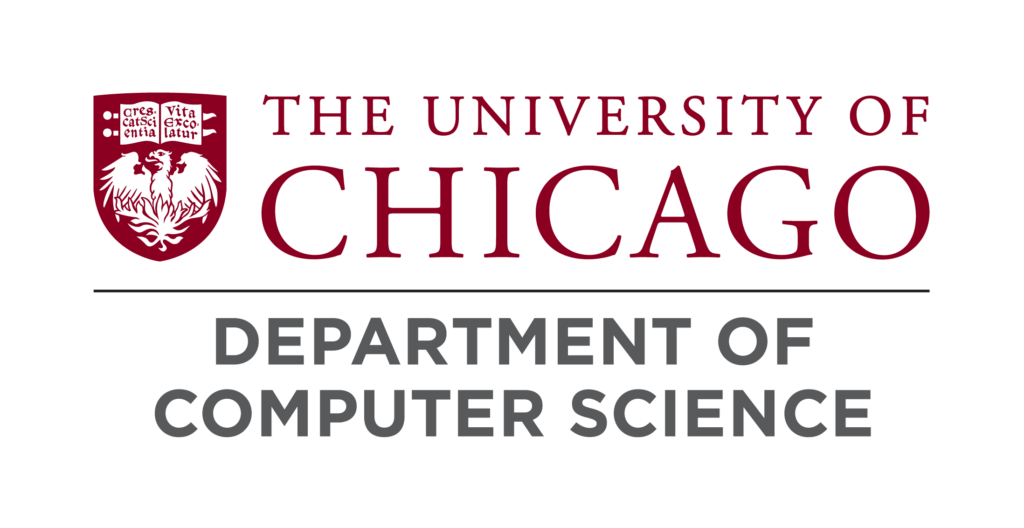University of Chicago Researchers Revolutionize Network Traffic Generation with AI Breakthrough
Researchers at the University of Chicago’s Department of Computer Science have developed an innovative approach to synthetic network traffic generation using advanced artificial intelligence, promising significant benefits for cybersecurity, network analysis, and beyond.
In recent years, the need for high-quality synthetic network traffic has grown substantially. With the rise of machine learning in network security and traffic management, generating realistic, protocol-compliant synthetic data has become essential for testing and improving these systems. However, creating realistic network traffic that accurately mimics real-world data has been a challenging task—until now.
The research team, led by fourth-year PhD student Xi Jiang, has harnessed the power of diffusion models, a state-of-the-art AI technique, to create a synthetic network traffic generation framework called NetDiffusion. This innovative approach captures the intricacies of real-world network data, offering high-fidelity, protocol-compliant synthetic network traffic that can be used for a wide range of applications.
“NetDiffusion tackles the long-standing challenges of obtaining high-quality, labeled network traces for ML in networking,” said Jiang. “Privacy concerns, data staleness, and scarce datasets have hindered progress. Using a controlled Stable Diffusion variant, NetDiffusion generates synthetic traffic with high fidelity while adhering to protocol specs. It surpasses existing methods by producing packet captures that closely resemble real network traffic—crucial for ML training, network analysis, and testing beyond ML applications.”
Achieving Unprecedented Realism
NetDiffusion builds on the highly-regarded Stable Diffusion model, fine-tuned specifically for generating network traffic. The framework leverages image representations of network traffic flows to produce synthetic data that not only looks real but also adheres to important network protocols.
One of the standout features of NetDiffusion is its ability to produce high-resolution, protocol-compliant network traffic images, ensuring that the synthetic data aligns closely with real-world data. This level of realism is critical for training and testing AI models used in cybersecurity, allowing them to perform more effectively in protecting against cyber threats.

Empowering AI in Cybersecurity
AI plays a pivotal role in modern cybersecurity, from detecting anomalies to preventing cyber attacks. However, the effectiveness of these AI systems hinges on the quality of the data they are trained on. By providing high-fidelity synthetic network traffic, NetDiffusion significantly enhances the training process, leading to more robust and reliable AI systems.
“Because it is often so difficult to get access to labeled network traffic traces, both for logistical reasons as well as privacy considerations, high-fidelity synthetic network traffic is a game-changer for emerging AI models in cybersecurity and network traffic analysis,” said Nick Feamster, Neubauer Professor of Computer Science at the University of Chicago. “NetDiffusion represents a breakthrough in generating realistic, protocol-compliant traffic, overcoming long-standing data access challenges and opening new possibilities for AI-driven security and network traffic analysis more generally.“
Broader Societal Impacts
Beyond cybersecurity, NetDiffusion’s contributions extend to various sectors, including telecommunications, healthcare, and financial services, where network performance and reliability are paramount. For instance, telecommunications companies can use synthetic data to optimize their services, while healthcare providers can ensure critical patient data flows smoothly and securely.
“Access to high-quality network data has long been restricted due to privacy risks, limiting innovation in both research and industry,” explained Jiang. “Large institutions may have internal datasets, but smaller organizations often struggle to obtain the data needed for security testing and ML development. NetDiffusion levels the playing field by providing synthetic network traffic that mirrors real-world patterns without exposing sensitive information. This not only enhances privacy and regulatory compliance but also enables broader collaboration, accelerating advancements in cybersecurity, networking, and AI-driven analytics across all sectors.“
A Future of Innovation
Looking ahead, the research team is exploring several promising directions to further enhance NetDiffusion. They plan to integrate transformer models to address challenges in generating realistic sequential network traffic flows, refine time-series data generation, and develop a network-specific diffusion foundation model.
The team is also investigating embedding protocol compliance rules directly within the generative process and generating semantically meaningful payloads. These advancements aim to provide even more accurate and reliable synthetic data for a wide range of applications.
Expanding the current limit of 1,024 packets per flow sample, the team seeks to support more extensive network analysis tasks by maintaining packet dependencies and ensuring flow continuity. Additionally, they envision building a network-specific diffusion foundation model to heighten generation accuracy and exploring autoencoder techniques for generating realistic payloads.
As the NetDiffusion framework continues to evolve, the University of Chicago’s Department of Computer Science remains at the forefront of innovation in synthetic network traffic generation. Their work not only enhances the capabilities of AI-driven cybersecurity solutions but also holds promise for broader societal impacts, ensuring safer and more reliable networks across various industries.














